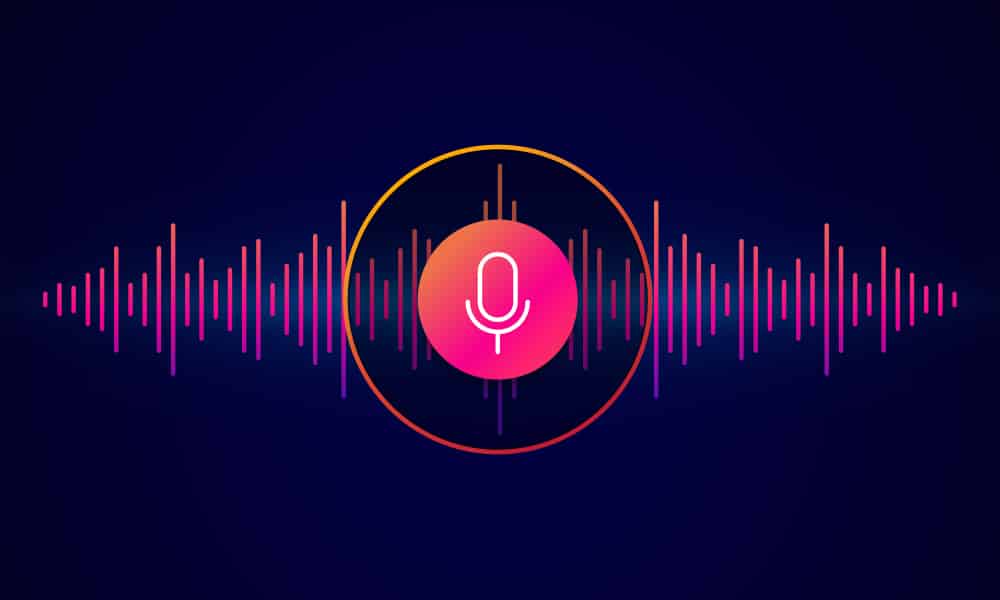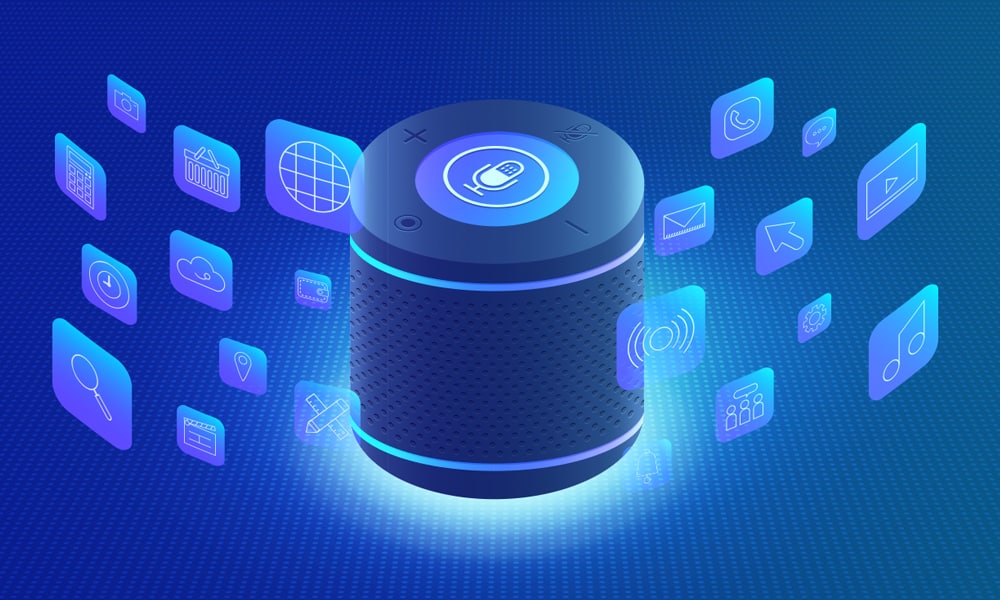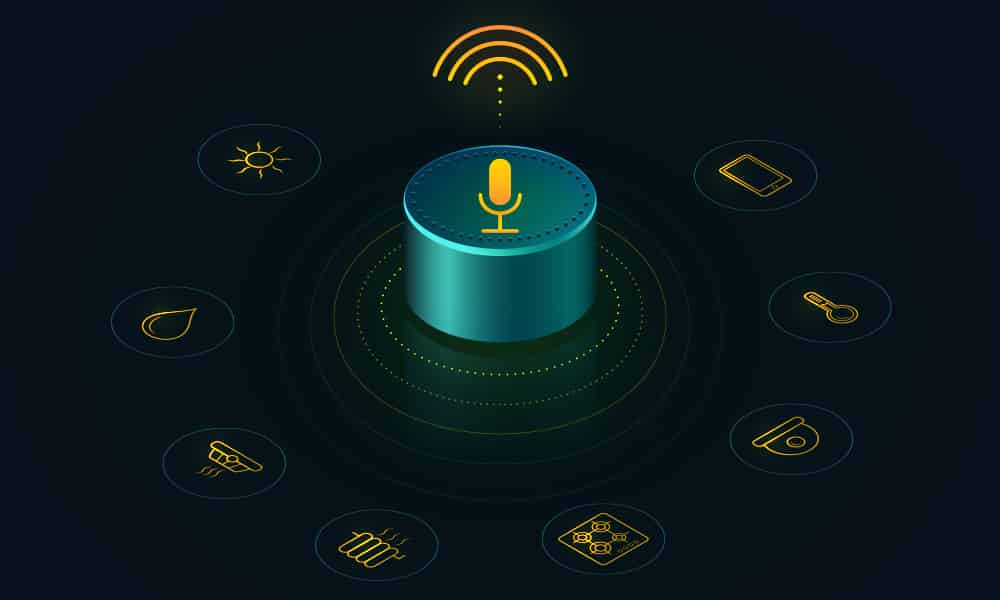The voice recognition market, in the world, is expected to grow to $84.97 billion by 2032 from $10.7 billion in 2023 at a CAGR of 23.7%.
Customizing speech data collection is crucial for the success of your AI and machine learning (ML) projects. Whether you’re building conversational AI agents, speech recognition models, or other voice-based applications, the quality and diversity of your speech data can make or break your model’s performance.
In this comprehensive guide, we’ll explore 7 proven methods to help you customize and optimize your speech data collection process. From determining the right language and demographic requirements to integrating advanced data augmentation techniques, these strategies will ensure you collect the high-quality speech data your AI/ML models need to thrive.
Let’s look at all the effective ways or points to be kept in mind before customizing the speech data collection project.

- Languages and demographics
- Collection Size
- Structure of the Script
- Audio requirements and formats
- Delivery and Processing Requirements
- Leverage Advanced Data Augmentation Techniques
- Other Crucial Points to Note
Languages and demographics
The project should first specify the target languages and target demographic.
Languages and Dialect
Start by keeping the project requirement in mind – the languages for which the speech dataset is being collected and customized. Also, understand the specific proficiency requirement. For instance, should the participant be a native speaker or a non-native speaker?
For example – Native English Speakers
Running close on the heels of language is dialect. To make sure the dataset doesn’t suffer from biases, it is advisable to intentionally introduce dialects to accommodate for diversity in participants.
For example – Australian English- accented Speakers
Countries
Before customizing, it is important to know if there is a specific requirement that the participants should come from specific countries. And, whether the participants should currently live in a specific country.
For example – Punjabi is spoken differently in India and Pakistan.
Demographics
Besides language and geography, the customization can also be done based on demographics. Target distribution of participants based on their age, sex, educational qualification, and more can also be done.
For example – Adults Vs Children or Educated vs Uneducated
Collection size
Your dataset will impact the performance of your data project. However, the collection data size you need will also determine the participants required.
The Total Number of Respondents
Determine the total number of participants that will be required for the project. In case the project requires language audio data collection, you should analyze the total number of participants required per targeted language.
For example – 50% American English and 50% Australian English Speakers
The Total Number of Utterances
To build the speech data collection, determine the total number of utterances or repetitions per participant or the total repetitions needed.
For example – 50 participants with 25 utterances per participant = 1250 repetitions
Script structure
The script can also be customized to meet the needs of the project, so it is advisable to seek the help of speech therapists to design the flow of text. If the ML model has to be trained on well-structured data, it has to take into consideration the script and workflow.
Scripted vs Unscripted
You can choose between using a scripted text or a natural or unscripted text to be read by the participants.
In a scripted text speech, the participants read what is displayed on the screen. This method is, mostly, used to record commands or instructions.
For example – ‘Turn off the music,’ ‘Press 1 to record.’
In the unscripted speech, the participants are given scenarios and asked to frame their sentences and speak as naturally as possible.
For example – ‘Can you please tell me where the next gas station is?’
Utterance Collection / Wakeup Words
In case scripted text is used, you have to decide the number of scripts that will be used, and whether each participant will be reading a unique script or a group of scripts. Also, determine if the script contains a collection of wake words and commands.
For example –
Command 1:
“Alexa, what is the recipe for a chocolate cupcake?”
“Ok Google, what is the recipe for a chocolate cupcake?”
“Siri, what is the recipe for a chocolate cupcake?”
Command 2:
“Alexa, when is the flight to New York?”
“Google, when is the flight to New York?”
“Siri, when is the flight to New York?”
Audio requirements and formats

Audio Quality
The quality of the recordings and the presence of background noise can impact the outcome of the project. But some speech data collections accept the presence of noise. However, it is advisable to have a better understanding of the requirements in terms of bit rate, signal-to-noise ratio, amplitude, and more.
Format
The file format, data points, content structure, compression, and post-processing requirements also determine the quality of speech recordings.
The reason for the importance of file formats is that the model has to identify the file output and be trained to recognize that particular sound quality.
Define Custom Audio Requirement
Custom audio requirements should be mentioned before the beginning of the collection process. Clients can choose customized audio files where specific files are clubbed together.
Delivery and Processing Requirements
Once the speech data is gathered, the clients can choose to have it delivered according to their requirements.
Transcription and Annotation requirement
Some clients require data transcription and labeling before they deliver. Additionally, they might also require specific forms of labeling and segmentation.
Sometimes it is better to seek speech-language pathologists and experts to help in transcribing speech in various languages to maintain the authenticity of the target language.
File naming conventions
The data collection forms should specify any file naming convention to be followed. If the naming convention is complex or beyond the standard scope of the process, it could attract extra developmental costs.
Delivery Guidelines
Security and delivery guidelines should be followed as specified in the project requirements. Moreover, if the data is to be delivered in small milestones or as a complete package at once should be specified. Clients also prefer timely progress monitoring updates so that they can keep track of the project status.
Leverage Advanced Data Augmentation Techniques
- Speech data augmentation can significantly expand the diversity and robustness of your dataset.
- Explore techniques like audio pitch shifting, time stretching, noise injection, and voice conversion to synthetically generate new, high-quality speech samples.
- Integrate these data augmentation methods into your speech data collection workflow to create a more comprehensive and representative dataset
Other Crucial Points to Note
The customizations will impact how,
- Data collection methods used
- The recruitment of participants
- The timeline for delivery
- The Tentative Cost of the project
Case Study: Multilingual Speech Data Collection
Shaip recently partnered with a leading conversational AI company to collect high-quality speech data in 12 languages for their virtual assistant platform. By leveraging our expertise in linguistic diversity and data collection best practices, we successfully delivered a comprehensive dataset that significantly improved the client’s speech recognition accuracy and user experience across multiple markets.
The Future of Speech Data Collection
As AI and ML technologies continue to advance, the demand for high-quality speech data will only continue to grow. Emerging trends, such as multilingual and multi-accent speech recognition, will require even more diverse and representative datasets. Additionally, the use of synthetic data and advanced data augmentation techniques will play an increasingly important role in expanding the size and variety of speech datasets.
At Shaip, we are committed to staying at the forefront of these trends and providing our clients with the highest quality speech data collection services to power their AI/ML innovations.
Conclusion
By following these 7 proven methods, you can design and execute a speech data collection project that sets your AI/ML applications up for success. Remember, the quality and diversity of your speech data are paramount, so be sure to invest the time and resources needed to create a dataset that truly meets your project’s requirements.
If you need further assistance in customizing and optimizing your speech data collection, the experts at Shaip are here to help. Contact us today to learn how our end-to-end data services can elevate your AI/ML capabilities.
[Also Read: Speech Recognition Training Data – Types, Data Collection, and Applications]




